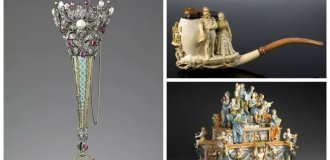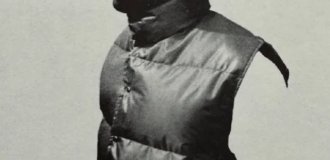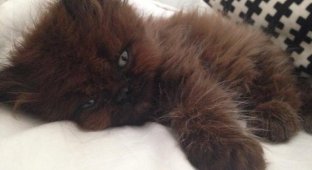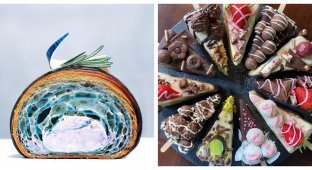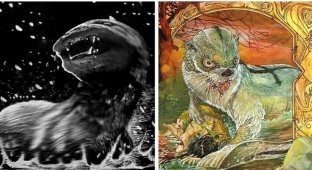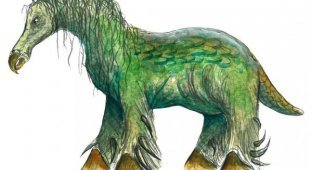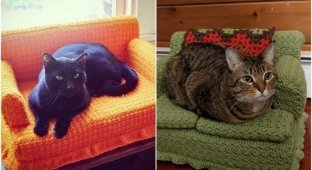Scottish brownies are an interesting analogue of brownies (10 photos)
Brownies are mischievous and dangerous characters from Scottish folklore that have captivated people's imaginations for many centuries. 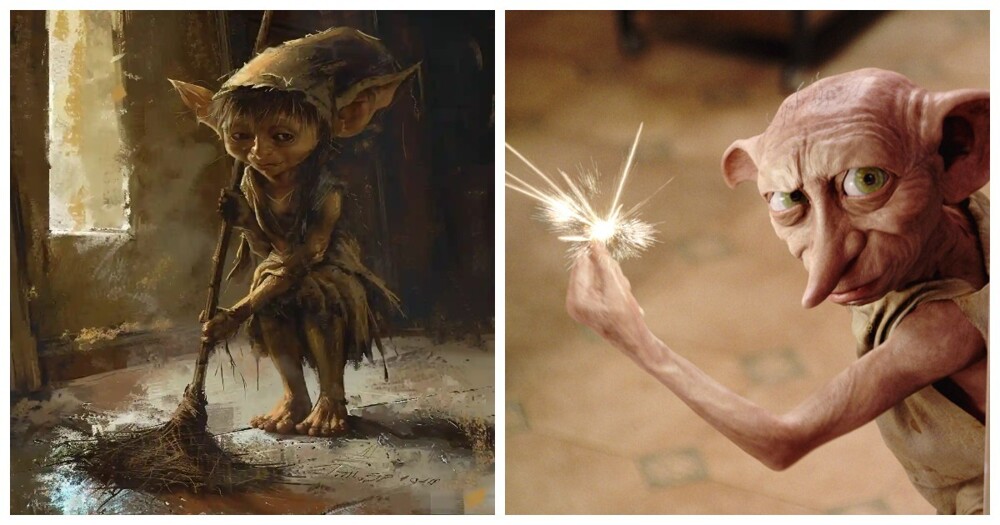
The history of the brownie is full of mystery and continues to this day. Where did these stories come from?
Brownies and their origins 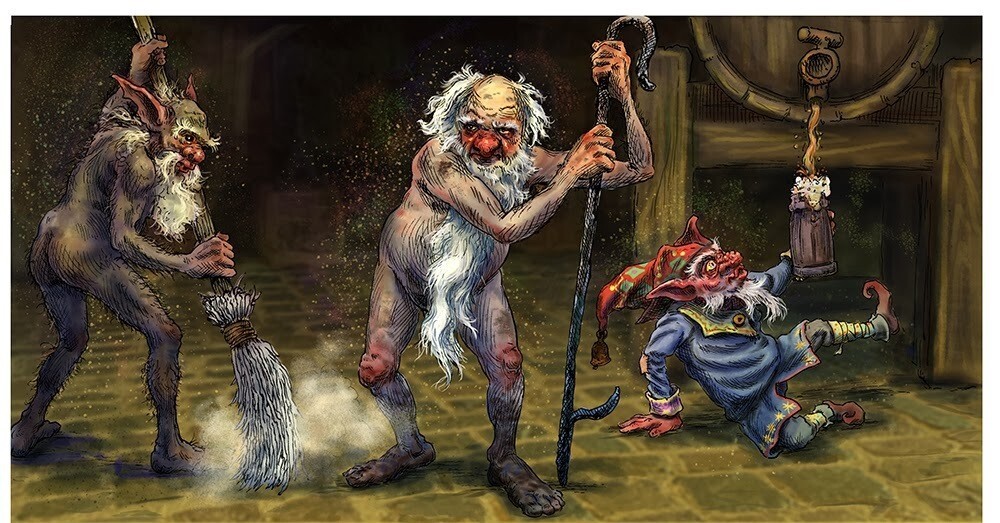
A brownie is a house spirit or type of fairy from Scottish folklore. People believed that every home had such a spirit, and a space was left in the kitchen near the hearth or fireplace, which was left unoccupied for the brownies of that house.
It was believed that brownies were shy creatures that hid in far corners and only came out at night. At night they wandered around the house while the owners were sleeping and did minor work. 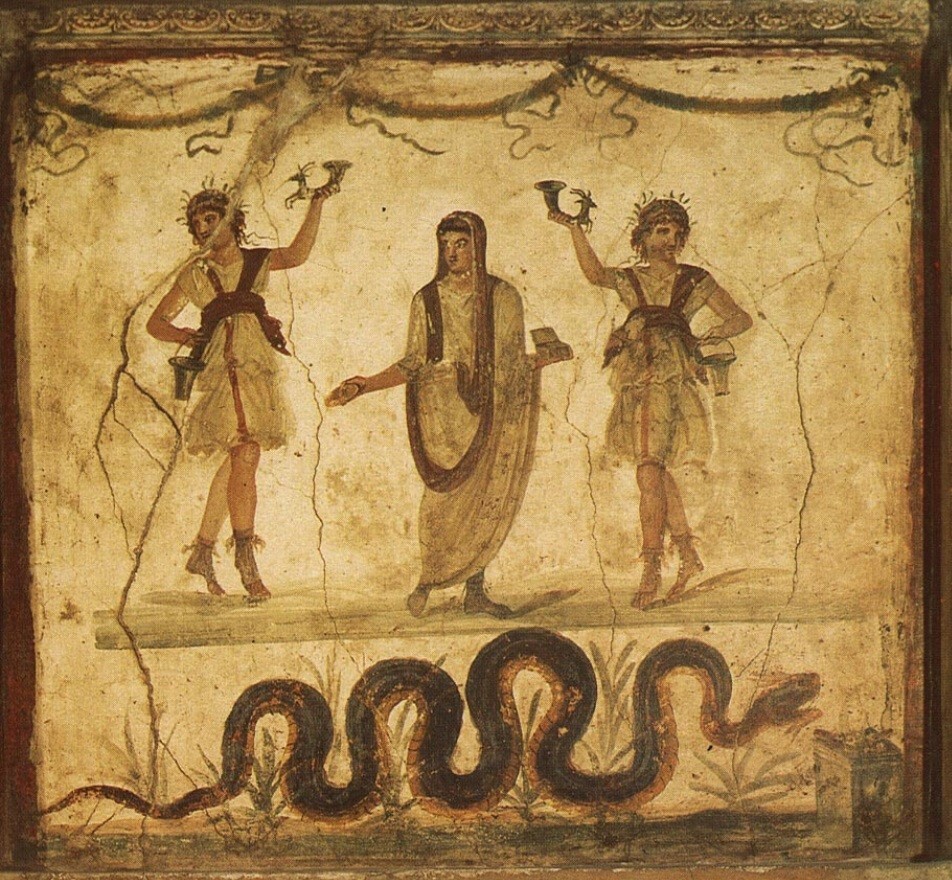
Ancient Roman Lares
The brownie of legend originated as a tutelary spirit, similar to the Lares of ancient Roman folklore. These were a kind of guardian spirits attached to a certain place or person. In early folklore, brownies were associated with the dead, and some legends linked them to deceased servants.
The cult of deceased ancestors in ancient times was centered around the hearth, where offerings of brownies were traditionally left.
Over time, brownies became a separate area of folklore, moving away from the lars. While Laras are usually tied to one place or house, Brownies are able to leave the house and move to a new one if something does not suit them.
Appearance 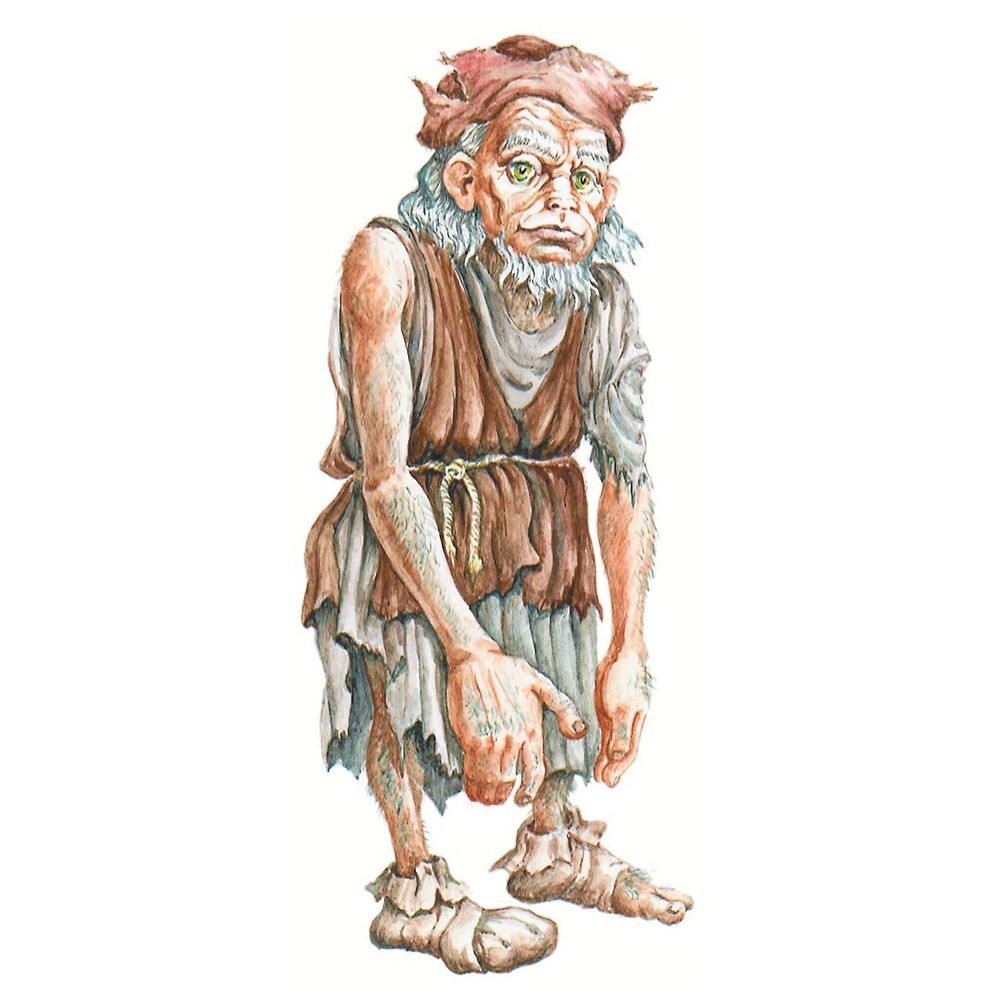
Brownies are usually depicted as male, although there are also examples of female brownies. Typically described as ugly, frightening or disturbing by those who claim to have seen these creatures.
The name comes from the color (brown), they are usually described as brown or dark-skinned and completely covered with dark brown hair. According to old legends, brownies were about the same size as humans, or even larger. However, over time they became more associated with fairies and were increasingly described as small, wise and shaggy. 
By the 19th century, brownies were almost universally described as short, shaggy, wrinkled, and plump. They can usually be found either naked or in rags. Other physical characteristics depend on where exactly they come from.
Some have no nose, instead one single lip in the center of the face. Other brownies have a nose, but no fingers or toes.
Finally, brownies are said to be able to turn invisible or take on the appearance of animals. They are also masters at sneaking up unnoticed and masterfully hiding.
Can they be trusted? 
Most folklore claims that brownies are benevolent spirits that can be trusted, but only up to a certain point. For the most part, they live to serve the family and enjoy doing housework and housework at night.
In return, the brownies expect rewards in the form of treats. As a sign of gratitude, the owners of the house should leave milk or cream by the fireplace every evening. It is believed that brownies also love porridge.
However, brownies are easy to offend. If it seems to them that food is not sincere gratitude, but dry payment, they will most likely be dissatisfied. This can lead to the brownie leaving the house forever or starting to act against the owners. 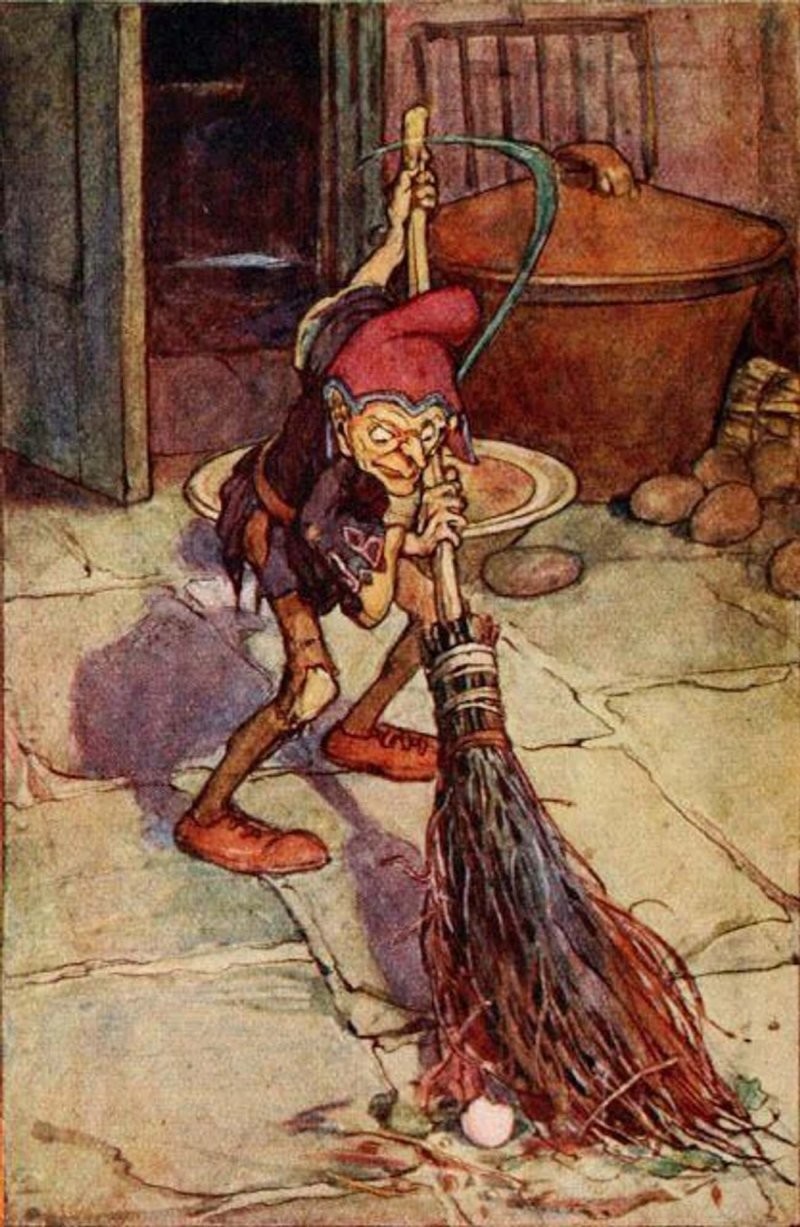
Likewise, if the homeowner does not thank the helper, he will likely become angry. He can show his dissatisfaction in a variety of ways - causing chaos in the house, moving from room to room, breaking things and making a mess, or even attacking the owners while they are sleeping.
Some folk tales also say that brownies have a special sense of humor. They love to play pranks on their owners by moving things at night to confuse them or making noises to scare them.
The best way to safely dispose of a brownie is to give it human clothing. It is believed that once the brownie receives the clothes, he will leave forever. This may be because Brownie considers his work complete because he feels too proud to work now that he has human clothes.
Brownie stories 
Brownie stories were once widespread, with many families claiming to have their own. Stories about them, as a rule, are instructive in nature. They usually start with the brownie being well behaved until his owners do something he doesn't like.
One of the most famous is “Brownie from Bilac nam Brog”. One farmer had a brownie in his house, but the owner did not offer him any gifts or food. In revenge, the spirit did all sorts of dirty tricks: he stole food, broke things, and even injured the farmer. 
Another story tells of a Scottish farmer who angered Brownie by accidentally stepping on his shadow. In retaliation, the spirit caused such chaos and destruction in the house that the owner was forced to flee and seek refuge elsewhere.
Brownies were also known to dislike anyone they considered lazy or cruel. In some stories, they even attacked people they thought were too lazy. If a person woke up with bite marks, it was believed that they had been attacked by brownies in their sleep (although rats seemed more likely). 
Dobby
The world of brownies is a fascinating world that has captured people's imaginations for centuries. Whether they are helpful spirits devoted to their household members, or unpredictable creatures who love to prank people, is not so important. After all, it’s hard not to love them anyway.
Brownies have left an indelible mark on Scottish folklore, and despite the passage of time, their legacy continues to live on today. After all, it was brownies that served as a source of inspiration for JK Rowling when creating Dobby the house elf.

